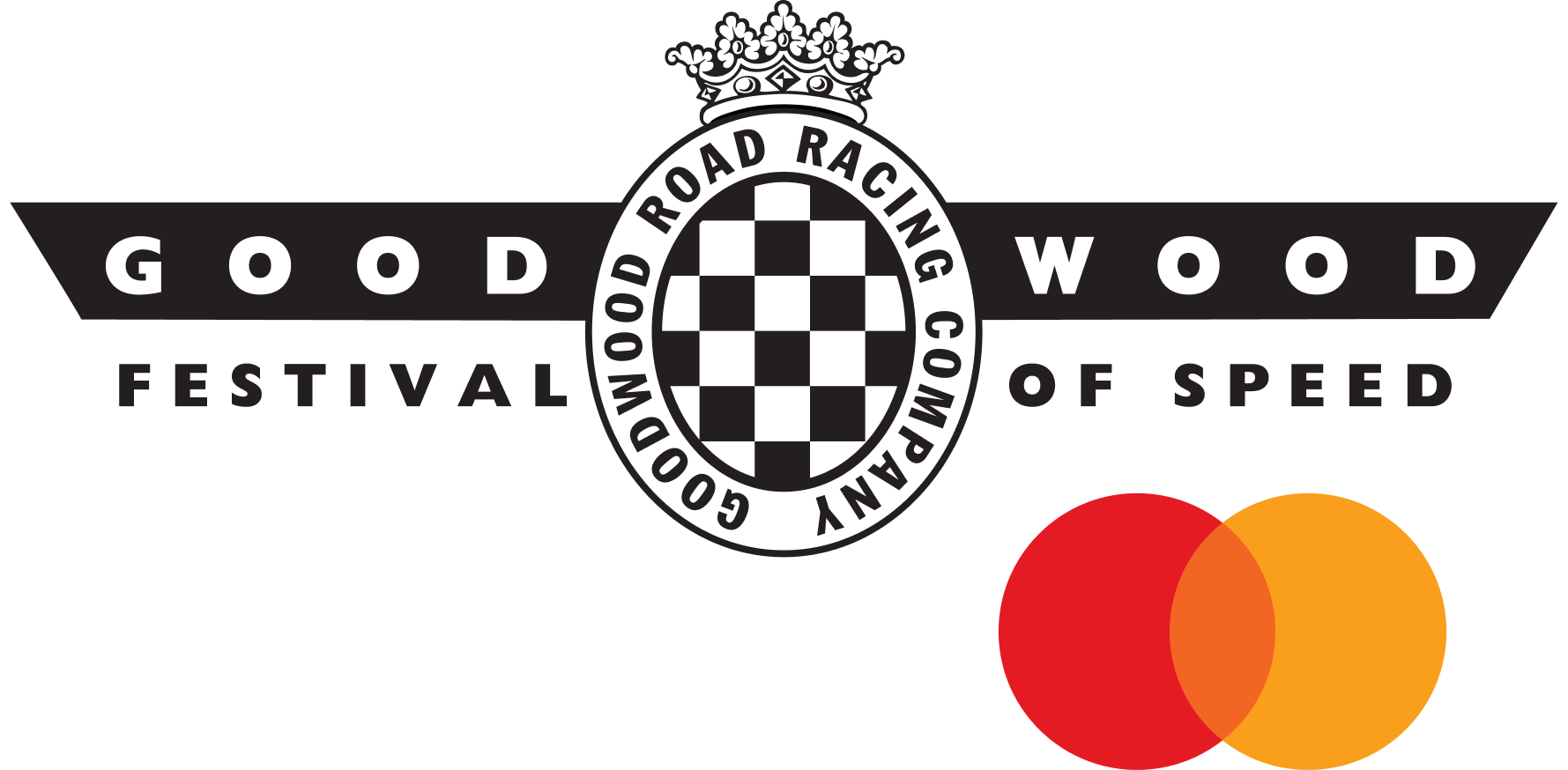Review: Volkswagen Golf
In the past Volkswagen has changed the name of Wolfsburg to Golfsburg, including all the street signs, it’s taken over an entire beach resort in Sardinia, it’s built its own restaurant and a road to it in Iceland, and it’s turned one of the old Wolfsburg power stations into a nightclub.
A new Golf is big news for VW – it's the money machine at the heart of this German car maker. And there've been seven distinct Golf models since 1974 when VW launched its Beetle replacement, the Mark I Golf, which was designed by Giorgetto Giugiaro. That’s 35 million Golfs in 45 years and a consistent place at the top of Europe's sales charts; so no pressure for the Mk8 Golf, then.

Actually it’s even more important than that, since in recent years Golf has been the progenitor of VW’s transverse-engine chassis architecture, MQB. Last year the Group sold 5.1 million VWs, Audis, Seats and Škodas, all based on MQB. Get it wrong with Golf and you’ll feel that pain for a lot of models and years to come.
So VW has taken no chances with its mothership, which has always had a reputation for being a conservatively designed and engineered. In fact you might even consider this Golf model Mark 7.55 rather than eight, since the underbody and basic chassis are fundamentally based on the outgoing model. The looks are titivated, as are the drivetrains and suspension, but the main changes are to the electronics, connectivity, and interfaces; think of it as old Golf with a new dashboard perhaps.

The biggest changes are to the dashboard, some of them controversial. The instrument binnacle is now an all-digital device, capable of changing appearance to include different information such as the sat-nav map with speedometer and rev counter super imposed. It's a bit like Audi’s Virtual Cockpit system and pretty straight forward, though in some modes there's rather too much information to take in at a glance. Fortunately there’s also a head-up display for turn-by-turn instructions and speed indication.
Then there’s the 10-inch standard centre touch screen, which has been completely reworked and now has an all-digital activation (no knobs) and a small panel of dimly lit and indistinct switches underneath to quickly access functions such as navigation, heating and audio. Mobile-phone-like touch-and-slide controls cater for level functions such as the blower motor and radio volume, though it isn’t a particularly intuitive action and doesn’t seem to like some fingers much. While familiarity will help operate the system, some functions are buried in sub menus and will never be used, and you spend a lot of time with your eyes away from the road. It's hard to shake off the impression that VW might have fallen in love with the technology rather than its usefulness.
Under a similar heading is the voice-recognition system which works adequately for simple commands, but struggles with complex functions. This links up with Amazon's virtual assistant Alexa, to check on the weather, smart home devices and ordering food amongst other things you really shouldn't be doing while driving a 1.4 tonne motor car on the Queen's Highway.

With dimensions pretty much the same as the outgoing car, the cabin space is unchanged too. Golf is resolutely at the heart of the sector, with decent accommodation for four adults and modest amounts of luggage space – 380 litres with the rear seats up, 1,237 litres with them folded (almost) flat.
On sale from early next year, Golf prices will start at £20,500, but that’s for a base 1.0-litre model, which won’t be on sale until later next year. Five powertrains will offered at first: a 1.5-litre turbo petrol with 130PS or 150PS; a 2.0-litre turbo diesel with 115PS or 150PS; and a 150PS 1.5-litre turbo petrol with a 48-volt mild hybrid system.
There are four trim levels: Golf, Life, Style and R-Line, which weirdly means some owners will be driving a Golf Golf. In the UK the most popular model will be the £24,000, 1.5-litre, 130PS turbo petrol in Life trim. We drove the same driveline in next trim level up, Style, which will cost £25,500. All the launch cars were equipped with DCC adjustable dampers, and variable steering which increases the steering rack ratio at each ends of the steering rack to help with parking and tight corners. Both systems come as a single package, which costs about €1,200 in Germany and has a five per cent take up rate.

With this adjustable damping, Volkswagen has been able to slacken off the straight-line suspension rates and the impression on smooth Portuguese motorways is of a fine-riding car albeit with a slightly gritty, fizzy vibration coming up from the 17 inch tyres. The steering doesn’t quite have the responsiveness and feedback of Ford’s Focus, but it’s well weighted and accurate.
The engine is quiet and refined if not over endowed with power in this guise and slightly harsh under hard acceleration. As is VW's recent practice, it hasn't managed to get the new Golf emissions tested so there are currently no official fuel economy or CO2 figures, though on a mixed route driving briskly, we saw 37.6mpg.

Off the motorway, this cleverly suspended Golf feels under damped at first, with a sensation of floating, which keener drivers will find disconcerting. Speed up or turn into a corner, though and the sensors instruct the dampers to harden up, which brings back a sense of connection and control. Through the corner the system will even further tighten the outside dampers to augment the work of the anti-roll bars and the torque vectoring braking system to keep the body flat and help the car into and through the turn. You can manually intervene with this of course, with a 15-way setting map for the damper response hidden in the sub menus of the touch screen. Given how difficult it is to set up a car's ride and handling, this seems rather like giving the public 14 ways of getting it wrong and I left it in the middle setting.
It's undoubtedly clever, but the system has most effect on the lower-powered cars, with twist-beam rear suspension, which as standard can feel a bit excitable and noisy. More powerful Golf models with independent rear ends gain a maturity and depth of response with the DCC system, though the steering can feel a bit divorced from the road.

Well need to wait until we get hold of cars on standard suspension to give a full verdict on this important new car, but on this evidence, it's steady as she goes for the new Golf; some more clever bits, a bit more style, more economical and climate friendly, but just as it's always been, indubitably a Golf.
Volkswagen Golf Specifications (Golf Life)
Price: £25,500 as tested, starts at £20,500
Engine: 1.5-litre, turbocharged four-cylinder
Power/torque: 130PS (128bhp) @ 5,000-6,000rpm/200Nm (148lb ft) @ 1,400-4,000rpm
Transmission: Six-speed manual, front-wheel-drive
0-62mph: 9.2 seconds
Top speed: 133mph
Kerb weight: TBA
Combined economy: TBA
Review
Volkswagen
Golf





































































